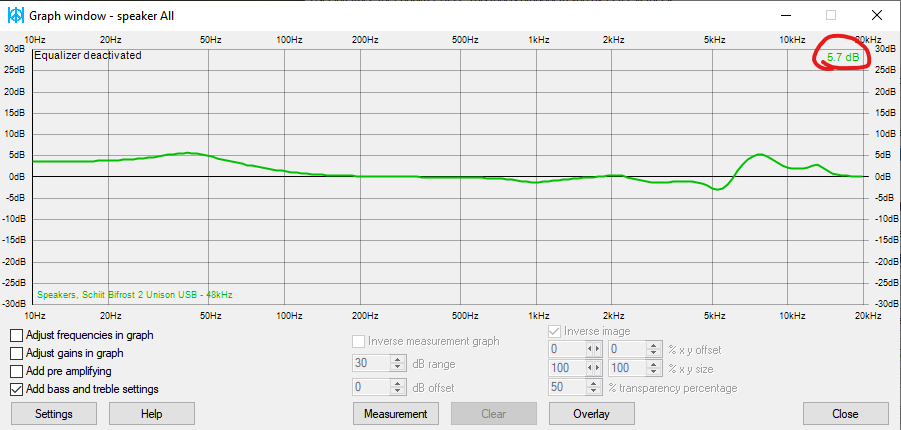PEQ has lower resource utilization than using convolution filters. However, the overhead is still so small, relative to the processing capabilities of a modern computer, that it shouldn’t be a deciding factor here.
If, while playing music, you click on the “Signal Path” in Roon, it’ll tell you how many times faster than real-time your current DSP settings are running. Note that this is displayed beneath the name of the audio device and only shows up if the processing speed is 100x or less.
It’s not really a “concern”; it’s a reality.
Roon’s PEQ, like most, is minimum phase. That’s desirable for headphones (which are, themselves, almost always minimum-phase devices). It can be an issue with speaker replay, depending on exactly what PEQ is applied.
Note that the Audeze presets in Roon are done using convolution; they also have the option of minimum vs. linear phase behavior.
ALSO … bear in mind that linear-phase convolution filters will introduce noticeable latency into your replay. Doesn’t matter for music, but it’s worth being aware of so you don’t wonder what’s going on when you hit “play” and nothing happens for potentially several seconds.
You should, otherwise any 0 dBFS value in the source will cause digital clipping.
You can either set a value in “Headroom Management”, or adjust the slider in the PEQ configuration. The effect is the same. I usually use Headroom Management, however, as it applies globally and not JUST to the PEQ function.
But, yes, set this for the largest gain value as a starting point. This won’t always be enough, since both minimum phase filtering and inter sample overs can also result in needing more headroom.
Usually.
Depending on the values, and where they were developed, you can run into issues where things don’t translate correctly.
Roon’s instructions on using Convolution Filters.
Pretty much ALWAYS when using DSP in Roon.
They way to tell for sure is to turn it on, play your music, and if the clipping indicator (which you enable in Headroom Management settings) lights up - you need to add more headroom.
Note that convolution filters CAN be minimum phase.
Depends on the headphone and how the filter is configured, but they certainly can, and do, result in digital clipping without using Headroom Management. That’s what the “clipping indicator” is for … (see above).

